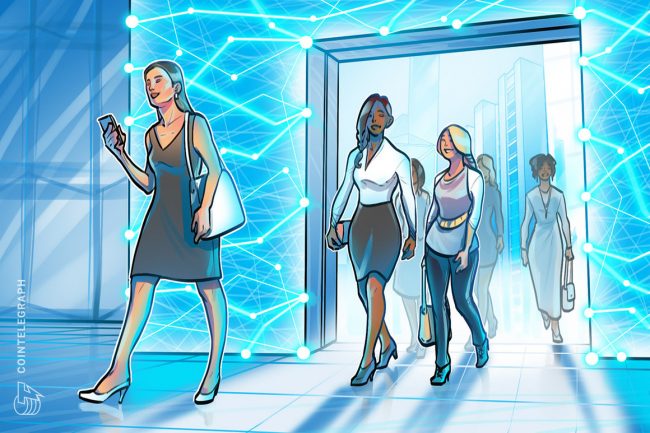Interest in the Metaverse is growing rapidly and fashion brands across the globe are taking note. A new report from the technology research and advisory firm Technavio found that the Metaverse will hit a market value of $50.37 billion by 2026. Findings from Technavio further show that the Metaverse in fashion market share is expected to increase by $6.61 billion from 2021 to 2026.
Given this, a number of major brands have begun participating in Web3 initiatives. For instance, Metaverse Fashion Week hosted in Decentraland this year attracted more than 70 brands, artists and designers including Tommy Hilfiger, Estée Lauder, Philipp Plein, Selfridges and Dolce & Gabbana. Luxury jewelry brand Tiffany & Co also recently stepped into the Web3 space with the sale of 250 diamond and gemstone encrusted pendants for CryptoPunk nonfungible token (NFT) holders.
Understanding what women want from a Metaverse platform
While these initiatives are notable, new findings from The Female Quotient (The FQ) and the media company EWG Unlimited show that metaverse experiences are still largely geared toward men. The report titled “What Women Want in Web 3.0” also found that 62% of women surveyed have never heard of or are unfamiliar with NFTs, while 24% of females don’t understand the Metaverse.
Shelley Zalis, CEO of The FQ — an equality services and advisory firm — told Cointelegraph that while there is a tremendous interest for women to become involved in Web3, the experiences offered by brands need to cater more toward what women want. She said:
“We know that 85% of purchase decisions are made by women, so if brands want to get this right they need to design experiences that are relevant for women by creating the types of experiences they want to participate in. For example, from a visualization perspective many metaverse visuals are clunky and not beautiful, so this needs to be improved.”
To Zalis’ point, The FQ and EWG Unlimited report found that one in four women would revisit a Metaverse platform if it contained better aesthetics. Yet, understanding visually appealing elements for women may be challenging, as the report notes that only 16% of Web3 creators currently identify as women. “The FQ wants to set the stage by encouraging more women to be on the business side of Web3 initiatives. If women can design these spaces for women then we can ensure that females will want to spend more time in the Metaverse,” Zalis explained.
Echoing this, Sam Huber, founder and chief operating officer at metaverse provider LandVault, told Cointelegraph that from the perspective of metaverse builders, change starts from within. “Female developers are best placed to know what appeals to a female audience, so diversifying developer talent is key,” he said. This appears to be the case, as women-led Metaverse platforms like DressX have witnessed increased involvement of women over time.
Natalia Modenova, founder of DressX, told Cointelegraph that the digital fashion platform has been promoting creativity since day one, noting that the first designers on the platform were women.
Recent: Borrowing to buy Bitcoin: Is it ever worth the risk?
“Female creators are dominating the DressX platform,” she said. Modenova added that DressX has launched numerous projects created and executed by women. “One of the most notable being our ‘Feminine Future’ NFT drop created by the innovative creative director, VFX artist and virtual fashion designer Katie McIntyre and multimedia artist Nina Hawkins recently named ‘the world’s leading female VFX artists’ by Time magazine,” she said. According to Mondenova, the project provided a glimpse as to how women can collaborate and create their own aesthetics within the Metaverse.
From a brand’s perspective, a spokesperson from the luxury fashion industry told Cointelegraph that aesthetics should be the number one priority when it comes to marketing in the Metaverse. “The aesthetics should be cohesive to the brand, replicating elements such as color schemes and patterns,” she said.
Even with visually appealing aesthetics, she pointed out that women’s engagement in the Metaverse remains low, noting that many luxury fashion consumers still don’t understand what Web3 means. “People need to understand this space before we can engage. We also have an older clientele at our store, which won’t easily be pulled into the digital world.”Although the “What Women Want in Web 3.0” report found there to be a 15% increase in interest from women in the Metaverse month-over-month, findings indicate that only 30% of women are truly familiar with virtual worlds. In order to combat these challenges, the report emphasizes that brands must focus on accessibility and education when it comes to attracting women consumers.
“Only 14% of women have access to Metaverse platforms…
cointelegraph.com
